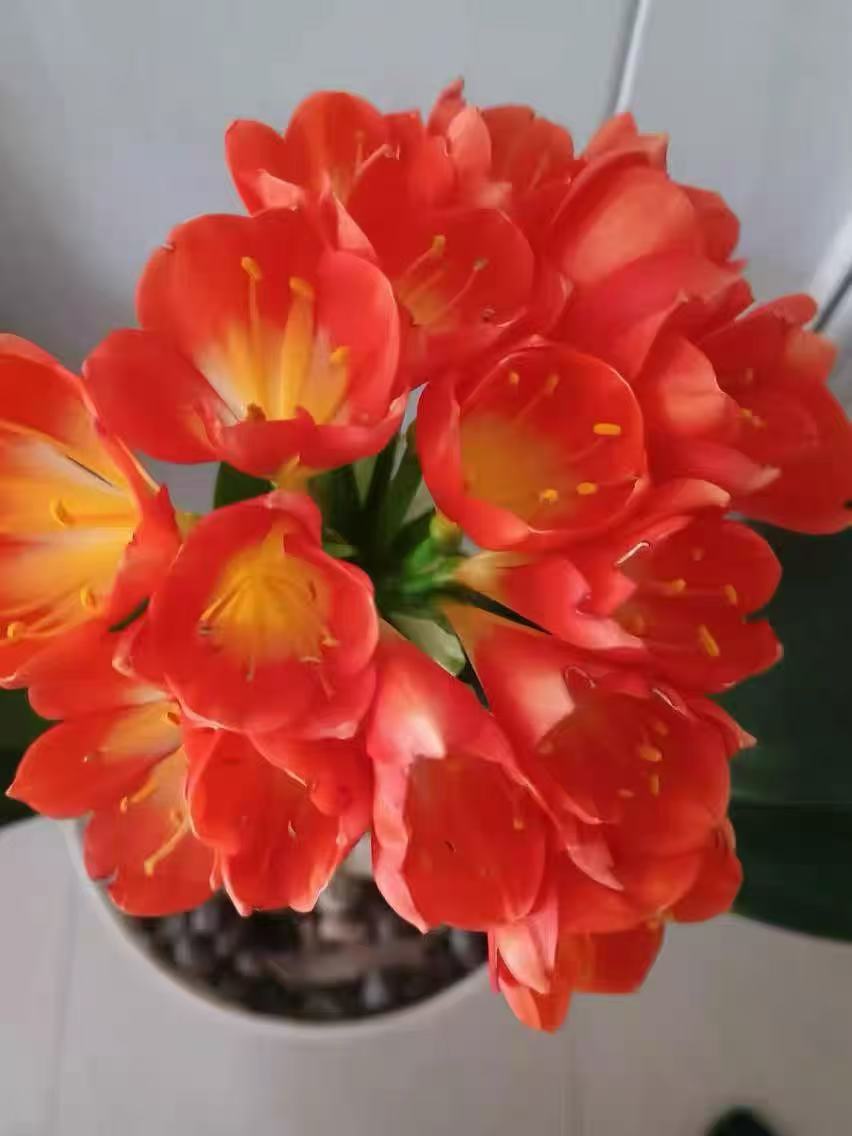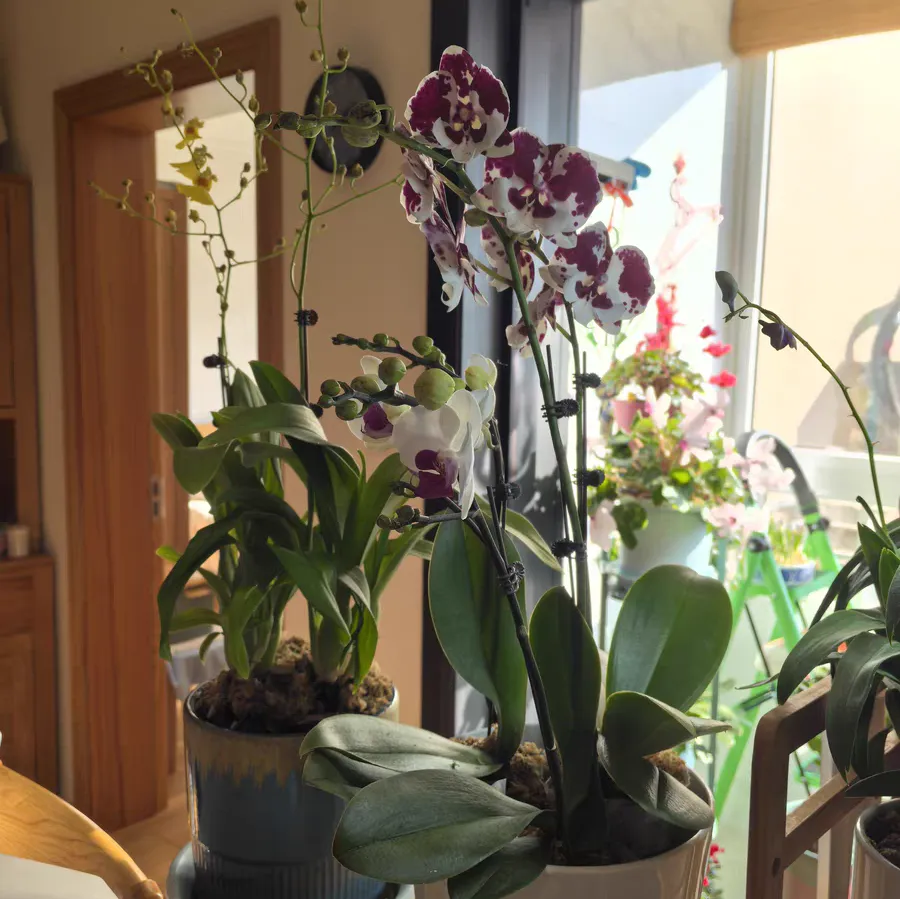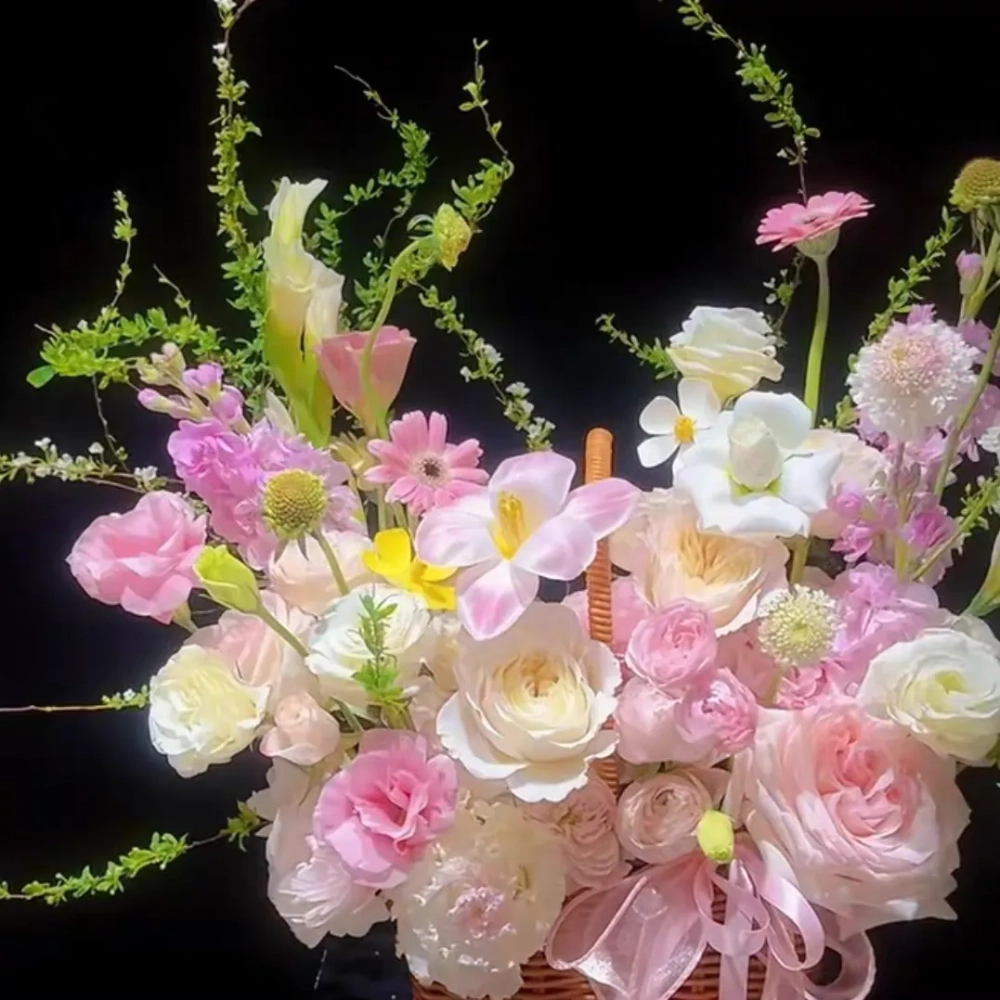To make Clivia shine, timely pruning is an indispensable part. Many flower lovers often encounter problems such as not blooming or poor growth during the maintenance process. In fact, the correct pruning method can not only solve these problems, but also make Clivia thrive with ease.
The two critical periods for pruning Clivia:
Pruning during the growth season: The growth season is the period when Clivia grows most vigorously. Pruning at this time can effectively promote the healthy growth of the plant and lay a solid foundation for blooming. It is mainly aimed at pruning overly dense, overly long, diseased, weak, or irregular leaves. These leaves not only affect the aesthetics of the plant but also consume a large amount of nutrients, affecting the growth of other healthy leaves. Use sharp scissors or a blade to gently cut off the leaves from the base, avoiding leaving too large a wound that could lead to infection. When pruning, pay attention to maintaining the balance of the overall shape and avoid over - pruning, which may cause the plant to lose its beauty. Ensure that the tools are clean and sterile before pruning, and avoid watering immediately after pruning to prevent the wound from getting infected. At the same time, pruning during the growth season should be carried out moderately to avoid over - pruning affecting the growth of the plant.
Pruning after flowering: Pruning after flowering is an important part of Clivia maintenance. It helps the plant regain its vitality and accumulate energy for the next bloom. It mainly involves the withered flowers and flower spikes. The withered flowers should be cut off in a timely manner to avoid continued consumption of nutrients. The flower spikes should also be pruned appropriately to keep the plant tidy. Prune from the base of the flower spike or from the thicker part below the flower to ensure a smooth wound. For withered flowers, they can be gently removed by hand or cut off with scissors. When pruning after flowering, also pay attention to the cleaning of tools and the treatment of wounds. After pruning, fertilize appropriately to replenish the nutrients consumed by the plant during flowering.
Pruning techniques to promote Clivia blooming and thriving:
Root pruning: Although root pruning is not often carried out, it is crucial for Clivia that has not been repotted for a long time or has overly crowded roots. It is usually carried out during repotting. At this time, the root condition can be comprehensively inspected, and the aging, rotting, or overly dense roots can be pruned. Take the plant out of the pot, gently shake off the soil, and use sharp scissors or a blade to trim off the diseased, weak, rotting roots and overly long old roots. After pruning, repot the plant and water it thoroughly. Root pruning requires extra care to avoid damaging healthy roots. After pruning, place the plant in a ventilated and shaded place for a few days to recover before resuming normal maintenance.
Flower spike pruning: Reasonable flower spike pruning can promote Clivia to bloom more and better. It is carried out after the flowers wither or when the flower spikes are too dense and affect ventilation. For overly long flower spikes, they can be appropriately shortened to maintain the overall aesthetics and ventilation of the plant. In case of too many flower spikes causing nutrient dispersion, appropriate strong flower spikes can be retained, and weak or poorly positioned flower spikes can be cut off. When pruning flower spikes, pay attention to keeping the wound smooth and avoid splashing water to cause infection. After pruning, appropriate nutrients can be supplemented according to the plant's condition to promote subsequent growth.
Pruning Clivia is both a science and an art. By mastering the pruning techniques of the two critical periods and the pruning methods to promote flowering, Clivia can bloom beautifully.
When are the critical periods for pruning Clivia?

Share with
Tagged in :




Leave a Reply